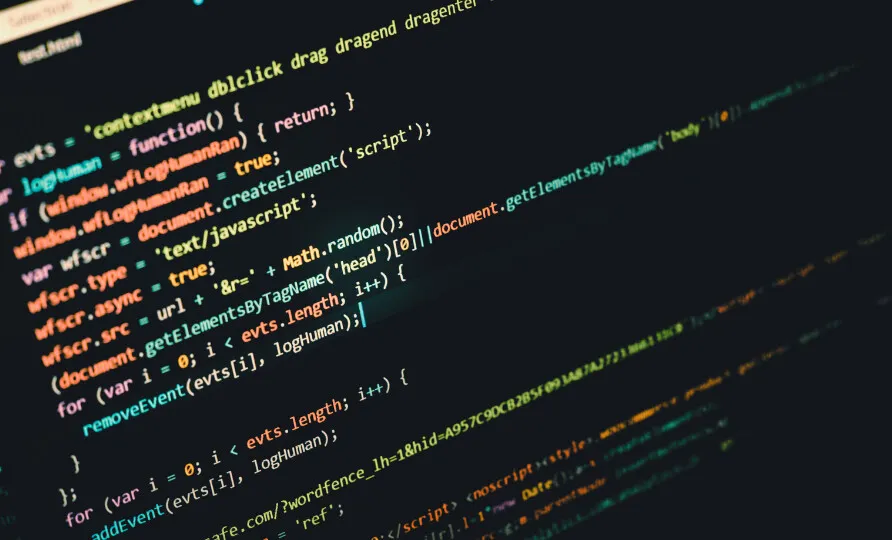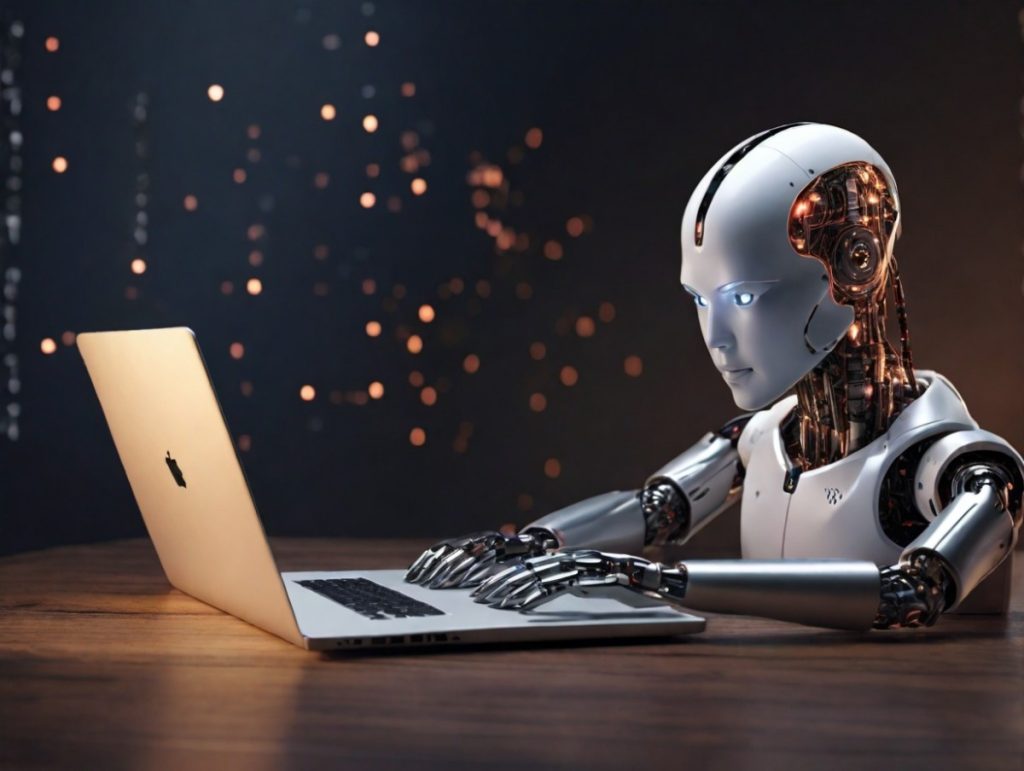Python is one of the most popular languages for AI and ML development. It’s known for syntax simplicity, efficiency, an abundance of libraries, and community support. Python ranks second on LinkedIn’s list of the most in-demand engineering skills required by employers.
Why is Python the best choice for AI and ML?
Python has easy syntax, similar to the English language. Writing a ‘Hello World!’ code in Python takes 1 line and 21 characters while writing it in C++ takes 5 lines and 79 characters. Using Python to develop AI and ML applications is simpler and takes less time. Python doesn’t require the use of brackets. Instead, it uses indentation, which structures and organizes the code, making it readable for developers.
Also Read: Demand for AI talent in Ireland soars 142% in six months – Accenture
Python has a diverse range of libraries that eliminates the need to code from scratch. According to Naukri, Python has more than 137,000 libraries that can be used in artificial intelligence and machine learning, data science and analysis, big data, automation, natural language processing, and more. Some of the most popular Python libraries and frameworks for Al and ML include Scikit-learn, Scikit-image, Keras, NLTK, Pandas, Matplotlib, PyBrain, and PyTorch.
Furthermore, Python is interoperable, making it easy for different programming languages to interact with each other in one project. Python is open source and has a strong community worldwide, making it easy to learn, find documentation, and join communities to discuss and contribute. As of July 2024, Python has over 5.1 million repositories on GitHub. Those include small scripts to large-scale applications.

Surveys say Python is the winner amongst AI developers
According to a recent post from LinkedIn’s VP of engineering and head of data and AI, Ya Xu, Python ranks second among the most in-demand hard skills for engineering in the United States. In-demand skills are defined as those most sought after by employers and hirers in a given period.
PwC published a study about the real value of AI for business and how founders can capitalize on the technology. The study stated that the potential contribution of AI to the global economy is estimated to reach $15.7 trillion by 2030. An estimated $6.6 trillion will come from increased productivity, and the remaining $9.1 trillion will come from consumption side effects.
Also Read: AI-powered vending machines deployed for alcohol sales
Additionally, AI will boost North America’s GDP by 14.5%, equivalent to $3.7 trillion, and China’s GDP by 26%, equivalent to $7 trillion. North America will experience the fastest boost, while China will be slower, but it could see a positive impact by 2030. The biggest positive impact will be in healthcare, retail, and financial services, driving the demand for Python developers.
Currently, the demand for skilled Python developers is high and will continue to increase in the upcoming years. The Python market size is expected to reach $100.6 million and achieve over 44% increased revenue by 2030, according to Emergen Research.
Andrew Ng, a British-American computer scientist and founder of DeepLearning.AI, demonstrated how to build a sentiment analysis using Python and generative AI in a discussion at Stanford University. He said, “Today, developers around the world can take literally like ten minutes to build a system like this, and that’s a very exciting development.”
Cryptopolitan reporting by Randa Moses





